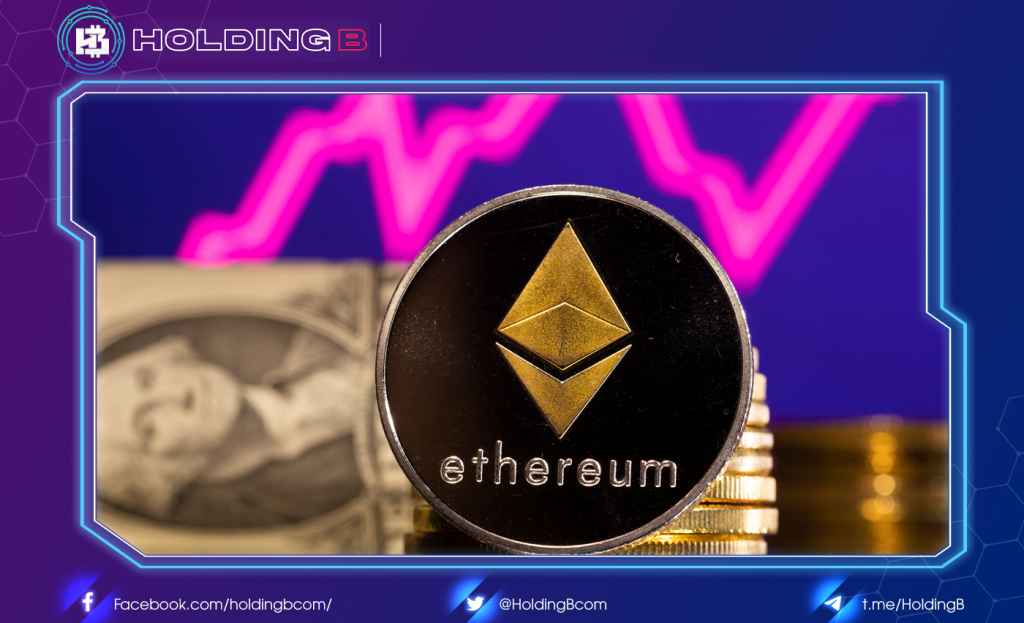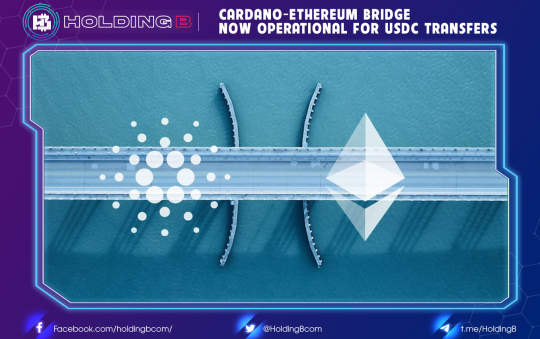Ethereum’s impending upgrade could make it highly attractive to institutional investors and drive popular engagement with the cryptocurrency sector as a whole.
The upgraded network will have the capability to implement sharding, a way to lower transaction fees which have been a major barrier to mass adoption of the ethereum network.
Ethereum 2.0 could become more attractive to institutional investors, as it will use the more environmentally friendly proof of stake mechanism for verifying transactions.
The move to proof of stake will open ethereum up to institutional finance as it will satisfy environmental, social, and corporate governance (ESG) obligations.
The world’s second-largest cryptocurrency by market capitalisation is currently utilising the energy-hungry proof of work mechanism for verifying transactions on its blockchain.
The energy-intensive proof of work mechanism has been a barrier to access for the world’s major financial institutions that are subject to ESG pledges.
This ‘merge’ will be the biggest software upgrade in ethereum’s (ETH-USD) eight-year history.

Switching to proof of stake will see a 99.9% reduction in the energy consumed by the ethereum network.
The move to proof of stake will see much fewer ether tokens issued per year as there will be no more mining rewards that are a product of the proof of work consensus mechanism.
Ethereum 2.0 will introduce a 90% reduction in the issuance of new ether tokens.
The issuance will drop from roughly 5 million ether per year to 0.5 million ether per year.
This will result in ethereum becoming highly deflationary, which is good news for holders of the cryptocurrency as having an appreciating asset is what every investor wants.
Lubin sees no major disruption on the way towards the merge and that “most users of ethereum will connect to the network where everybody is and I expect it to go extremely smoothly”.
He stated that a paradigm shift is currently under way and the traditional institutions of the world of finance are already finding ways to use the ethereum network.
Lubin described how most major financial institutions “are looking for ways to stand up their own businesses on the ethereum network”.
He added: “Major financial institutions such as Mastercard, Visa, JPMorgan and Santander, are trying to figure out how they can participate in the different kinds of digital assets on ethereum.”
Lubin dismissed the competition from alternative blockchains such as solana or cardano.
He said that “the way to achieve maximum security is to have maximum decentralization, and Ethereum has already won in this regard”.
Because of the increased security through the increased decentralisation provided by the ethereum main network, it will become “the global digital asset settlement layer and the hub for lots of different networks”.
Lubin added that ethereum will become “a new trust foundation for the planet”.
Speaking about ethereum as a high-level trust foundation for the planet, the ethereum co-founder called it “a substrate that makes it enormously difficult to tamper with the history of transactions, of what happened and when it happened”.
Ethereum is well ahead of the competition in this regard as it is much more decentralised than solana and other challengers and because of this it is so much harder to tamper or reverse its transaction history.
Lubin said: “Solana has been doing a decent job on focussing on high transaction speed, but they have very little chance of becoming massively decentralised”.
The security of wide decentralisation is what institutions and users of the blockchain need for long-term ambitions and sustainability.
Ethereum’s transition to proof of stake and its deflationary mechanism could act as a catalyst for upside price momentum during the second half of 2022.
Don’t forget to follow useful articles about Crypto Market from team Holding B !!!
- Telegram Channel: https://t.me/HoldingBcom
- Telegram Group : https://t.me/HoldingB
- Website : https://holdingb.com/
- Twitter : https://twitter.com/HoldingBcom





